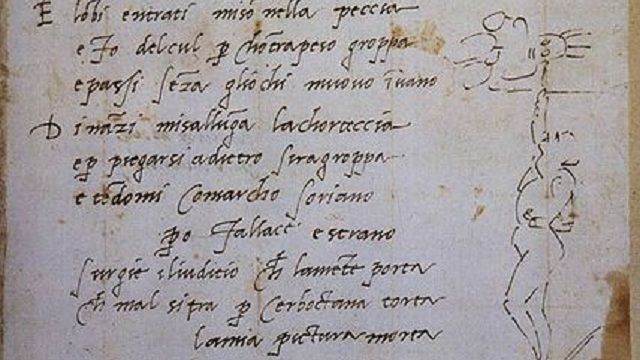Sykes Prize 2023
Posture and Imposture
We are delighted to announce the winners of the Robinson College Sykes Prize 2023. As was the case last year, the entries were of an extremely high standard, all displaying different imaginative and formal qualities. Once again, we warmly congratulate the winners of this year's prize on the originality of their achievements. The winners are listed below, along with links to their entries, and below that list is the original prompt for this year's award. The judges would like to offer thanks again to Keith Sykes for his generous support of the initiative.
First place: Emma Janssen (Sestina Of What I Know To Be True)
Second place: Sylvie Lewis (The Crouching Graeae)
Joint third place: Charli Cowgill (Clockable: A Manifesto), Francesca Gardner (A Corresponding Manipulation) and Ahana Banerji (The Quickening)
The significance of posture and gesture have been crucial to a wide range of recent critical studies, with discussions about bodies and communication in Dante’s writing having been particularly rich. However, the Italian writer to inspire the choice of ‘Posture and Imposture’ as a prompt for this year’s Sykes competition is Michelangelo, most famous for his sculptures and paintings, but also notable as one of the most exciting and experimental poets of the 16th century.
Entries to the Sykes competition need not make close reference to any Italian author. After all, in recent years, writers in many languages have shown considerable interest in funghi, rhizomes and lichen. However, entrants may wish to explore Michelangelo’s poetry in James M. Saslow’s The Poetry of Michelangelo: An Annotated Translation (1993). A specific starting point would be the poem “I’ ho già fatto un gozzo in questo stento” (“I’ve already grown a goiter at this drudgery”), which details the poet’s frustration when painting the Sistine Chapel, the bad posture it forced him to adopt and his own feelings of being an imposter (“non sendo in loco bon, né io pittore” / “I’m not in a good position, nor a painter”).
Michelangelo’s caricature of himself painting the Sistine Chapel ceiling while standing on a scaffold. This image can also be found in Saslow’s edition with further notes.
